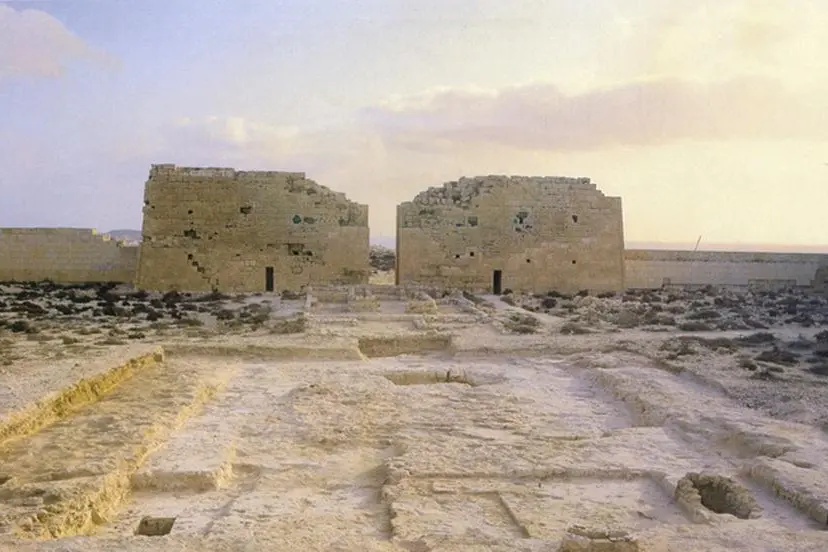Significant archaeological discoveries unearthed at Egypt’s Taposiris Magna temple

An Egyptian archaeological mission has unveiled remarkable findings at the Taposiris Magna temple in Alexandria Governorate, shedding new light on life during the Ptolemaic era.
The discoveries include tombs beneath the temple walls, statues made of marble and limestone, over 337 coins bearing the image of Queen Cleopatra VII, and a collection of ritual vessels and oil lamps.
Dr. Muhammad Ismail Khaled, Secretary-General of the Supreme Council of Antiquities, emphasized the importance of these findings in enhancing understanding of Ptolemaic Egypt, a period marked by significant artistic and cultural achievements.
“These artifacts reveal the advanced level of development in art and culture during this era,” Dr. Khaled stated.
The Mystery of the Statues
Dr. Kathleen Martinez, the head of the archaeological mission, suggested that one of the statues discovered might depict a princess.
This challenges earlier assumptions that it could represent Cleopatra VII, the last queen of the Ptolemaic dynasty.
The Ptolemaic period (323–30 BCE) began following the death of Alexander the Great and the establishment of the Ptolemaic dynasty in Egypt.
This era was defined by the blending of Greek and Egyptian cultures, the flourishing of science and the arts, and the construction of iconic structures such as the Library of Alexandria.
The period came to an end with the fall of Cleopatra VII and Egypt’s annexation into the Roman Empire.
A Glimpse Into the Past
The discoveries at Taposiris Magna offer a unique glimpse into the rituals, artistry, and everyday life of Ptolemaic Egypt.
The temple itself, thought to have been dedicated to Osiris, stands as a testament to the fusion of Greek and Egyptian religious traditions that defined the period.
These findings mark a significant contribution to Egyptology, providing valuable insights into one of the most intriguing epochs of Egyptian history.
About The Author
dailymailafric
I am an avid African news observer, and an active member of Daily Mail Africa.
I’m Passionate about staying informed on diverse topics across the continent,
I actively contribute to publishing on political, economic and cultural developments in Africa.



